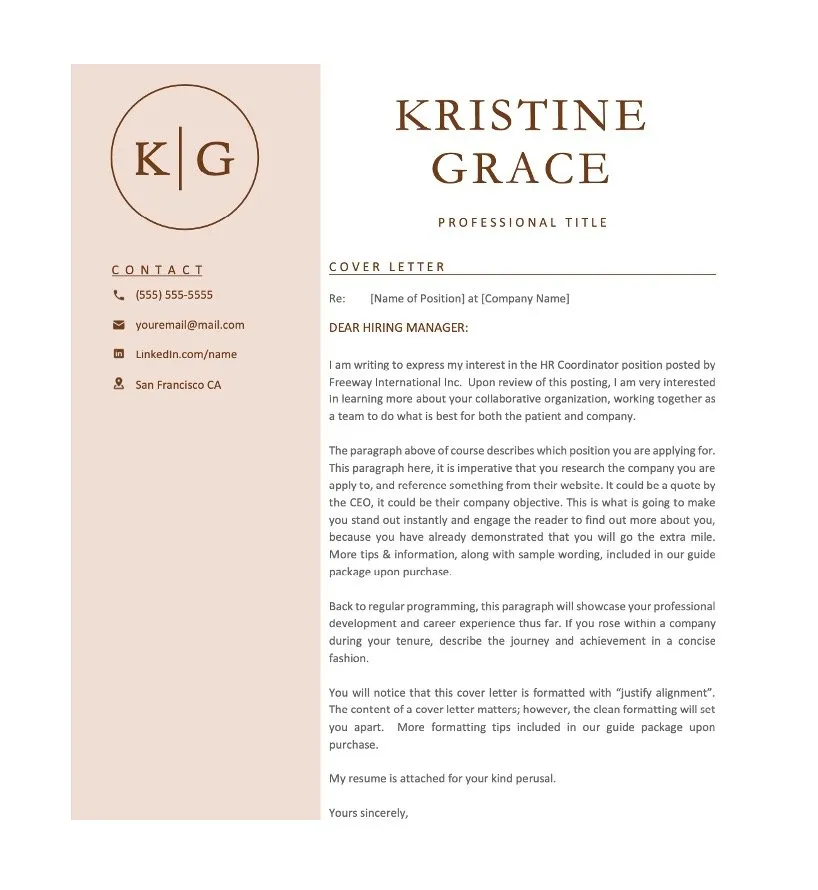What is a Cover Letter and Why Do You Need One?
A cover letter is a crucial document that accompanies your resume when applying for a job. It serves as an introduction, providing a personalized overview of your qualifications and expressing your interest in the specific position. Unlike a resume, which is a factual summary of your skills and experience, a cover letter allows you to showcase your personality, enthusiasm, and how your skills align with the company’s needs. It provides context and helps the hiring manager understand why you are a suitable candidate. A well-crafted cover letter can significantly increase your chances of getting an interview, especially if you have a unique set of skills.
Understanding the Purpose of a Cover Letter
The primary purpose of a cover letter is to persuade the hiring manager to read your resume and consider you for the role. It allows you to demonstrate your understanding of the job requirements and the company’s mission. By highlighting relevant skills and experiences, you create a compelling narrative that shows how you can contribute to the organization’s success. A great cover letter provides an opportunity to explain gaps in employment, address specific concerns, and express your genuine interest in the opportunity. Moreover, it shows your writing and communication skills, which are crucial in most professional environments.
Why Cover Letters are Still Important
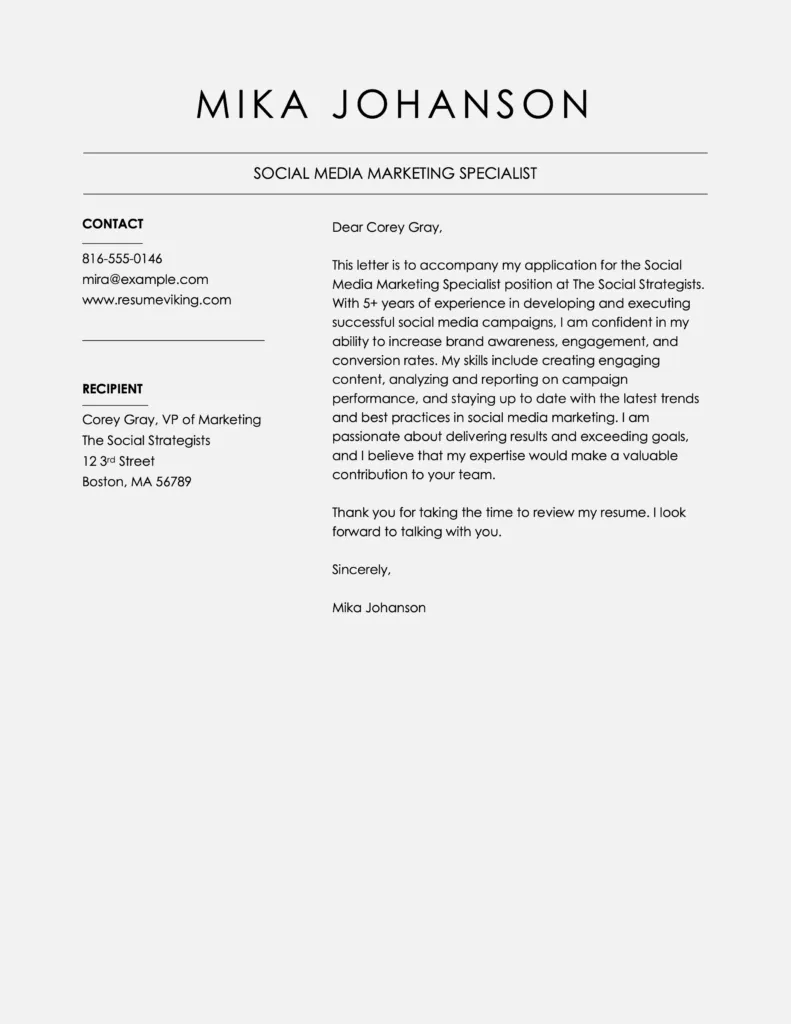
Despite the prevalence of online applications and automated resume screening systems, cover letters remain incredibly important. They provide a personal touch that can set you apart from other applicants, especially in a competitive job market. While resumes often get scanned by applicant tracking systems, a well-written cover letter can bypass these systems and grab the hiring manager’s attention. It also allows you to demonstrate your communication skills, personality, and passion for the role, aspects that a resume alone cannot convey. In addition, a cover letter helps you to elaborate on your skills and experiences, adding depth and context to your resume. Employers still value a thoughtful cover letter.
Key Components of a Cover Letter Template
A strong cover letter follows a specific structure, designed to capture the reader’s attention and highlight your qualifications. Understanding the key components of a cover letter is the first step toward crafting a successful application. The template begins with your contact information and the date, followed by the hiring manager’s details. The core of the cover letter is then broken down into an introduction, body paragraphs that highlight your skills and experience, and a compelling closing statement. Each part plays a vital role in making your letter effective.
Your Contact Information and the Date
At the top of your cover letter, include your full name, address, phone number, and email address. This information makes it easy for the hiring manager to contact you. Following your contact details, include the date you are submitting your application. The date ensures your application is current and relevant. Make sure your contact details are accurate and professional, as this is the first information a recruiter will see.
Addressing the Hiring Manager
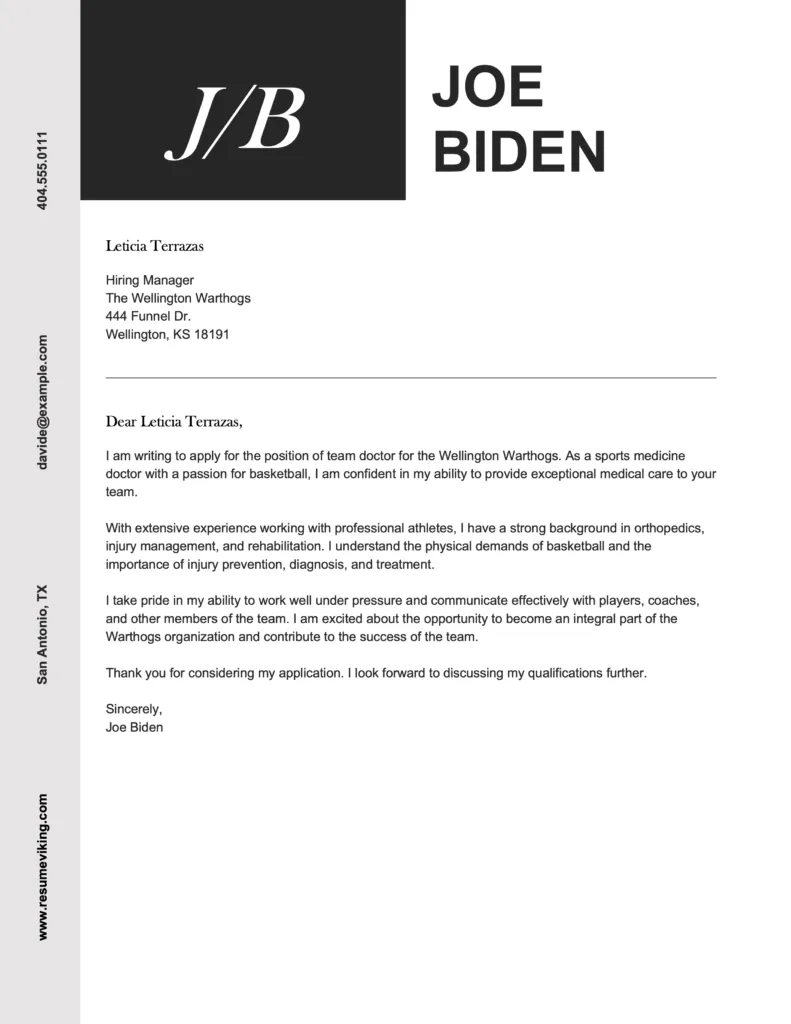
Always address your cover letter to a specific person, if possible. Research the hiring manager’s name and title. If you can’t find a specific name, try to address the letter to the hiring team or the department that is hiring. Avoiding generic greetings such as “To Whom It May Concern” shows that you have taken the time to learn about the company and the position. Personalizing your letter can leave a better impression. If you are struggling to find a name, LinkedIn or the company website can be valuable resources.
The Introduction Write Your Opening Statement
The introduction is your first chance to make a strong impression. State the position you are applying for and where you found the job posting. Then, immediately state your interest in the role and the company. Consider including a brief statement that highlights your most relevant skill or accomplishment that aligns with the job description. Your opening paragraph should immediately capture the hiring manager’s attention and make them want to read further, making a lasting impression from the very beginning.
Highlighting Your Skills and Experience
The body of your cover letter should demonstrate how your skills and experience align with the job requirements. Review the job description and identify the key skills and qualifications the employer is seeking. Provide specific examples from your past experiences that showcase these skills, and quantify your achievements whenever possible. Use concise and compelling language to highlight your accomplishments, showing how you have made a positive impact in previous roles. Remember to tailor your letter to each job application, emphasizing the aspects of your background that are most relevant to the specific role.
Tailoring Your Letter to the Job Description
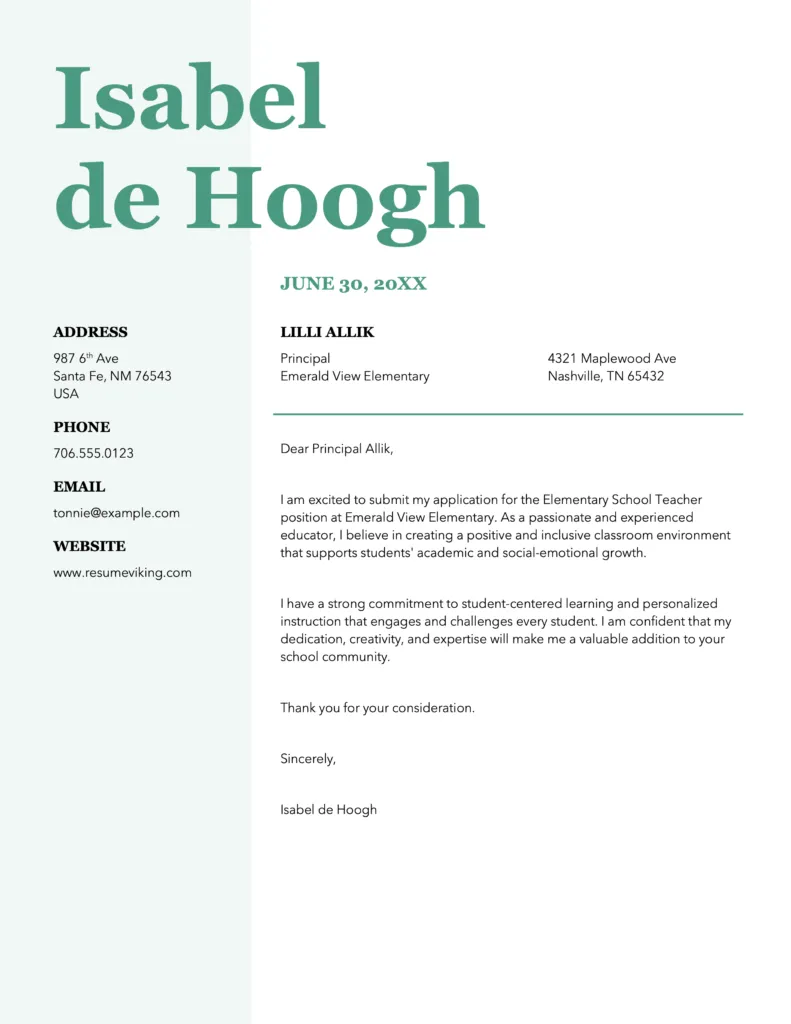
Customize your cover letter for each job application by carefully reviewing the job description. Identify the specific skills, experience, and qualifications the employer is seeking. Then, use examples from your work history to demonstrate how you possess those attributes. Tailoring your cover letter shows that you have taken the time to understand the role and the company’s needs. Highlighting relevant keywords from the job description also helps your application get noticed by applicant tracking systems. Customize your letter to show you’re the perfect fit.
Using Action Verbs and Quantifiable Achievements
Use action verbs to describe your accomplishments. Words like “managed,” “led,” “developed,” and “implemented” add strength to your statements. Quantify your achievements whenever possible by including numbers, percentages, or specific results. For example, instead of saying “Increased sales,” state “Increased sales by 15% within one quarter.” Providing measurable outcomes demonstrates your value and impact in previous roles. Quantitative results make a strong impression and help the recruiter understand the scope of your contributions.
Expressing Your Interest and Enthusiasm
Throughout your cover letter, express your genuine interest in the position and the company. Show that you have researched the company and understand its mission, values, and culture. Mention specific projects or initiatives that excite you and explain why you are a good fit for the company. Enthusiasm can go a long way in making a positive impression. Your passion can distinguish you from other applicants. Let the hiring manager know you are excited about the opportunity.
The Closing and Call to Action
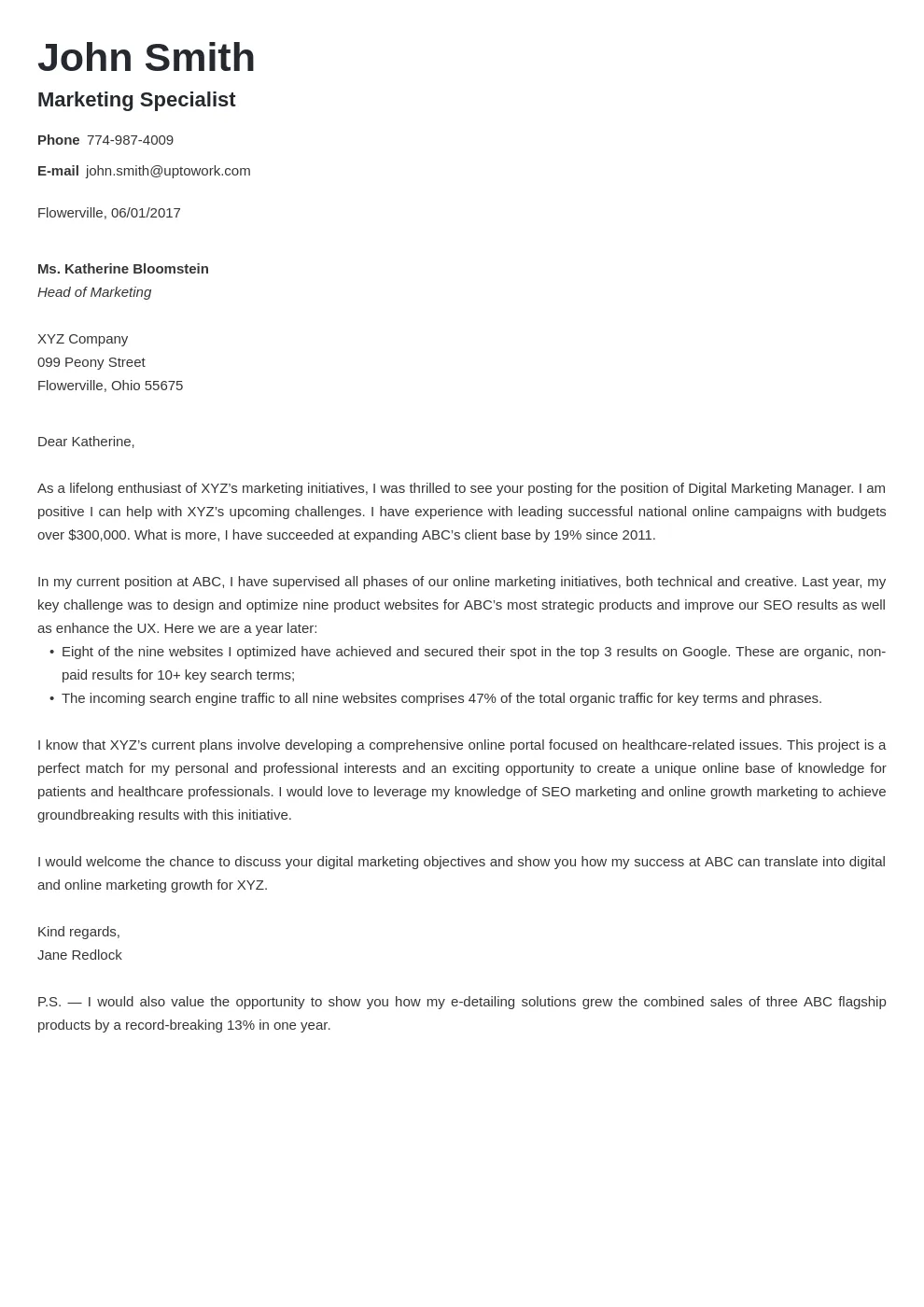
In your closing paragraph, reiterate your interest in the position and thank the hiring manager for their time and consideration. Include a call to action, such as “I look forward to hearing from you soon” or “I am available for an interview at your earliest convenience.” Make it easy for the hiring manager to take the next step. End the letter with a professional closing, such as “Sincerely” or “Best regards,” followed by your full name. A strong close reinforces your interest and invites further contact.
Formatting and Design for a Professional Look
The visual presentation of your cover letter is just as important as its content. Proper formatting and design can make your letter easy to read and leave a positive impression. A well-formatted cover letter demonstrates professionalism and attention to detail. Choose a clear, readable font, use appropriate spacing, and ensure that your layout is clean and organized. These elements show that you are serious and organized.
Font Selection and Readability
Select a professional and readable font such as Times New Roman, Arial, or Calibri. These fonts are easy on the eyes and widely accepted in professional settings. Use a font size of 10 to 12 points for the body of your text and 14 points for headings. Avoid using overly decorative or unusual fonts. Your goal is to make your cover letter easy to read. Choose a font that is clean, clear, and conveys professionalism. Readable fonts improve the reader’s experience.
Margins, Spacing, and Overall Layout
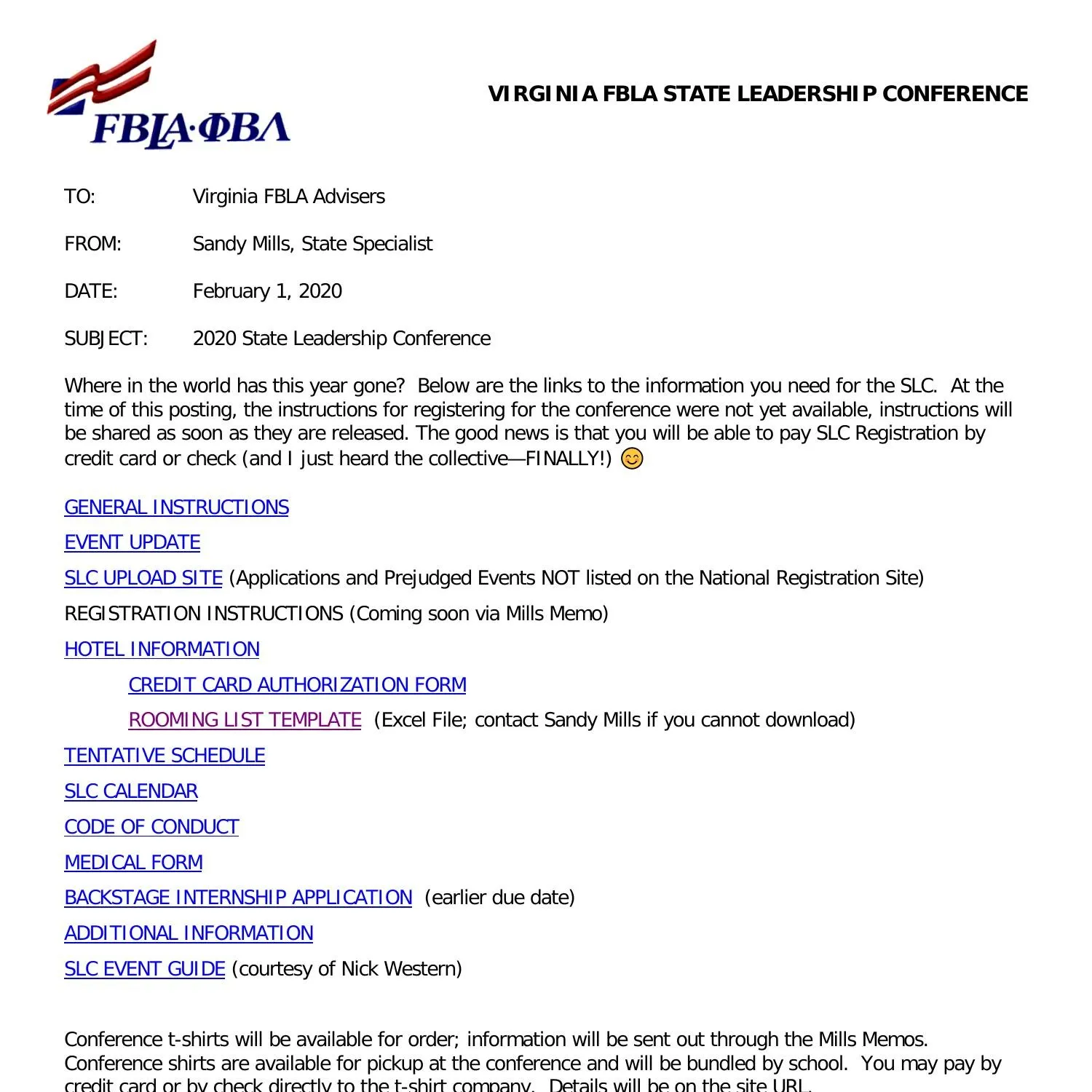
Use standard 1-inch margins on all sides of your cover letter. Proper margins create white space, making your letter less crowded and more visually appealing. Double-space between paragraphs and single-space within paragraphs for readability. Ensure your layout is clean and organized. Use bullet points and headings to break up large blocks of text and make your letter easier to scan. A well-organized layout enhances readability and keeps the reader engaged.
Proofreading and Editing Your Cover Letter
Before submitting your cover letter, carefully proofread and edit it for any errors in grammar, spelling, and punctuation. Even minor mistakes can undermine your credibility. Ask a friend, family member, or career counselor to review your letter as a second set of eyes can catch errors you might miss. Proofread the letter aloud to listen for any awkward phrasing. Ensure your cover letter is free of errors and presents you in the best possible light. Take your time with proofreading to show that you care about the details.
Common Mistakes to Avoid
Avoid common cover letter mistakes. Ensure your cover letter is free of generic content. Do not repeat your resume word for word. Do not use jargon, clichés, or overly casual language. Avoid negative language and focus on your positive attributes and accomplishments. Make sure your cover letter is well-written and tailored to the specific job application. Errors and vague content can undermine your credibility. Be sure to show how you are the best person for the job.
Tips for a Strong Final Draft
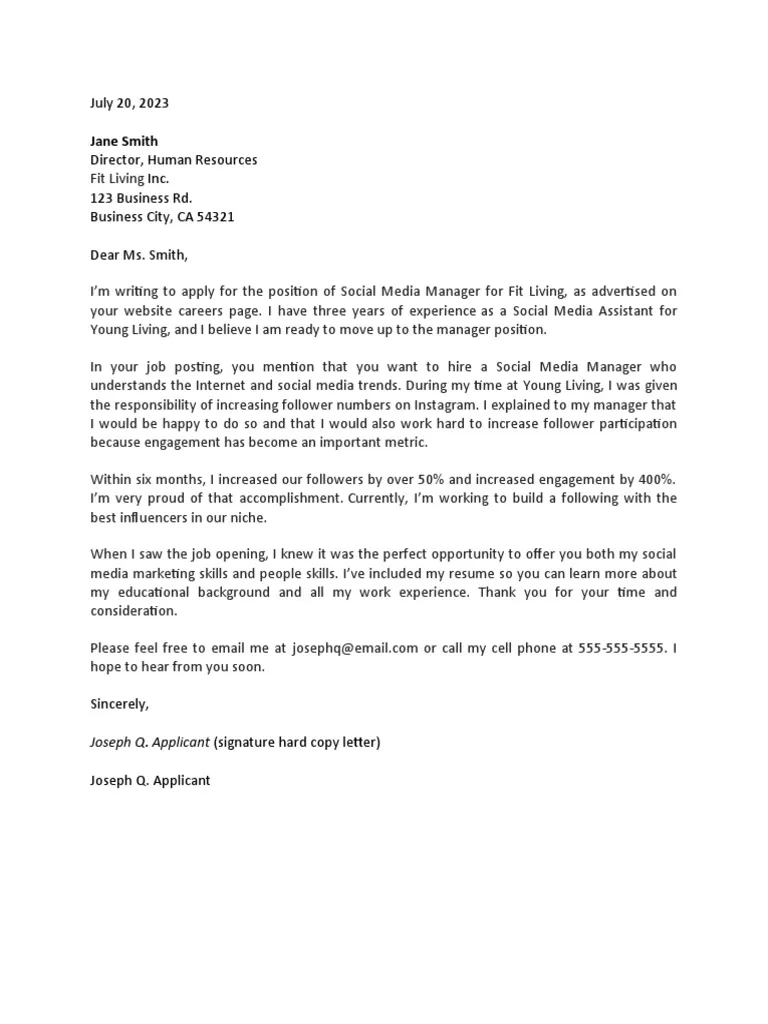
Before submitting your final draft, follow these tips. Keep your cover letter concise and focused. Aim for no more than one page. Always tailor your letter to the specific job and company. Use keywords from the job description to improve the chances of your application being noticed. Proofread multiple times to ensure your letter is free of errors. Get feedback from trusted sources. Customize your cover letter to reflect your personality and strengths. A strong cover letter is a vital tool in your job search.
